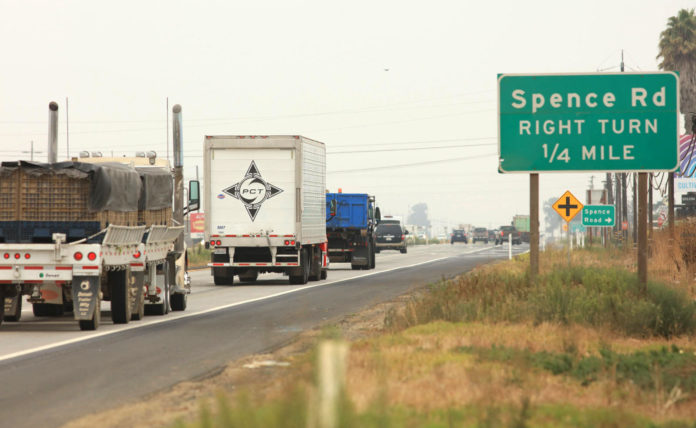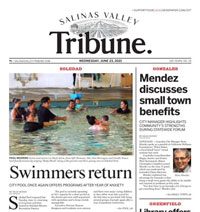
CHUALAR — Transportation Agency for Monterey County (TAMC) Board of Directors recently received a presentation on the complexity of the US 101 South of Salinas Corridor project due to the scale, environmental considerations, right-of-way constraints and the need for phased implementation based on available funding for the project aimed at converting the corridor into a full freeway.
Currently, the eight-mile segment of Highway 101 between Salinas and Chualar functions as an expressway with 11 at-grade intersections and two interchanges.
“These at-grade crossings pose significant safety risks, particularly for agricultural vehicles and local traffic attempting to cross or merge onto the highway,” according to TAMC in a news release Sept. 26. “The corridor also experiences congestion due to a mix of local, regional and interregional travel, and lacks adequate frontage roads to support safe and efficient local circulation.”
Given these challenges, the Construction Manager/General Contractor (CM/GC) delivery method was recommended over the traditional Design-Bid-Build approach.
In the Design-Bid-Build model, the project is fully designed before a contractor is selected through a competitive bidding process. This linear structure “limits the contractor’s ability to provide input during design, often leading to unforeseen issues during construction, change orders and delays,” stated TAMC.
In contrast, CM/GC allows the construction manager and general contractor to be brought on board during the design phase.
“This early collaboration enables the team to identify and mitigate risks, optimize construction staging and propose cost-saving innovations before construction begins,” said the Transportation Agency.
Under CM/GC, Caltrans — as the project owner — will negotiate a guaranteed maximum price with the contractor prior to construction, providing greater cost certainty. The method also offers flexibility to adapt to changing conditions, such as shifts in funding availability or environmental permitting requirements.
“This is particularly important for a project like US 101 South of Salinas, which is expected to be delivered in phases and funded through a combination of state, federal and local sources,” stated TAMC.
After a thorough discussion following the presentation, the Board agreed that the CM/GC method offers a “more responsive and collaborative framework to ensure successful project delivery” for the highway project, reported TAMC.
The Board authorized the Transportation Agency’s executive director to request that Caltrans use the Construction Manager/General Contractor delivery method for improvements in the US 101 South of Salinas Corridor project.
According to TAMC, Caltrans District 5 Director Scott Eades indicated that Caltrans would begin pursuing this delivery method for the project.













